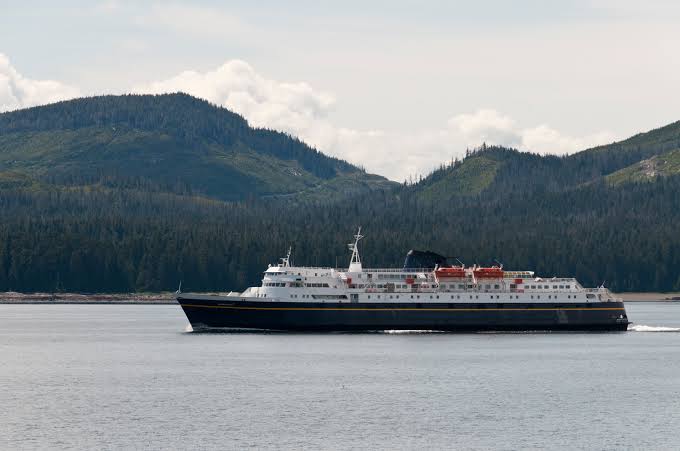Juneau, Alaska (Richa Walia) : Southeast Alaska residents may soon see renewed ferry access to the mainland road system, but not through Prince Rupert, British Columbia, as originally envisioned. Instead, Hyder, Alaska, has emerged as a viable alternative amid longstanding logistical and political hurdles.
Ferry service to Prince Rupert has been suspended since 2022, and even before that, sailings were inconsistent for nearly five years. While many Alaskans favored Prince Rupert over Bellingham, Washington, repeated obstacles have prevented the route’s revival.
At the heart of the dispute are competing steel requirements for ramp and dock repairs. Canada mandates the use of Canadian-made steel, while U.S. law requires American steel for such infrastructure. With both governments unwilling to grant exemptions, progress has stalled. Since the facilities are on Canadian soil, Ottawa continues to enforce its standards, complicating U.S. plans.
Safety regulations add another layer of difficulty. Any vessel docking in Canada must comply with the International Convention for the Safety of Life at Sea (SOLAS). Alaska’s ferry fleet has only one SOLAS-compliant ship, the Kennicott, which primarily serves the Bellingham-to-Haines route. Retrofitting other ferries would be costly and outside the system’s budget, while the shortage of SOLAS-certified crew further limits options.
Although Alaska signed a 50-year lease for Prince Rupert’s dock and terminal in 2013 costing $3.3 million upfront plus recurring fees for utilities, taxes, and upkeep the arrangement has yet to deliver meaningful service.
Hyder, by contrast, offers fewer obstacles. As a U.S. port, it eliminates foreign steel requirements, SOLAS restrictions, and Canadian leasing agreements. Infrastructure would be state-owned, reducing the risk of international disputes. Additionally, Portland Canal, where Hyder is located, provides calmer waters than the storm-prone Dixon Entrance, though the route adds about three hours of sailing time compared to Prince Rupert.
Despite the longer voyage approximately 10 hours to Hyder versus 7 hours to Prince Rupert the inland location would put travelers closer to the British Columbia road network, while ensuring operations remain fully under U.S. jurisdiction.
The Alaska Marine Highway Operations Board has set a September deadline to decide on the ferry’s future, signaling urgency to restore long-awaited service. Advocates argue that reopening a route, whether through Hyder or Prince Rupert, is critical for economic activity, family connections, and accessibility for Southeast Alaska communities.
Alaska Weighs Hyder as Alternative Ferry Route After Prince Rupert Stalemate

